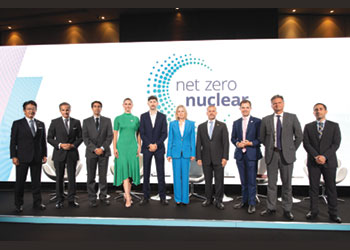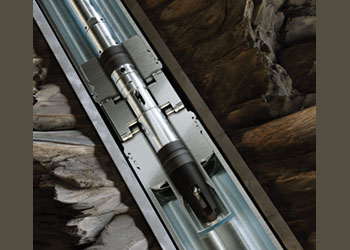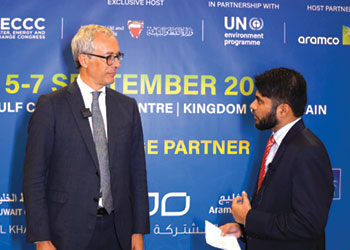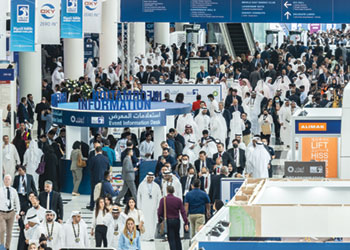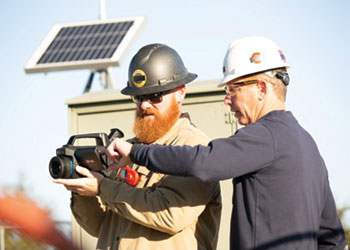
 STRYDE allows acquisition of high-density seismic data
STRYDE allows acquisition of high-density seismic data
STRYDE, the world's smallest and lightest nodal seismic imaging system provider, has secured contracts with King Abdullah University of Science and Technology (KAUST) in Saudi Arabia and several other elite academic institutes, including the University of Oxford and Newcastle University in the UK, and Virginia Tech in the US, to support their research for a responsible and sustainable future.
STRYDE’s affordable nodal technology is a key enabler in helping research teams in academia apply innovative geophysical techniques to learn more about the underground and monitor surface.
According to Nick Tranter, Business Development Manager for New Energy at STRYDE: "We’re thrilled to have STRYDE systems recognised by academics and researchers from some of the world’s top educational facilities with the technology being deployed on 14 academic projects, in five continents in the past 12 months."
 |
STRYDE claims it is committed to building relationships with students and the geoscience workforce of the future to support upskilling of the sector whilst introducing young and emerging talent into it.
Tranter adds: "We are opening new and affordable avenues for acquiring high-density seismic data, which previously has been overlooked in academia due to its hefty price point. By enabling the high-channel-count systems required for high-density data acquisition to be easily accessed, we are enabling research into how high-density seismic can support new energy developments and a sustainable future. "
To date, academic projects have ranged from a geothermal exploration project at RAF Leeming in the UK to support the RAF’s drive to net-zero, to seismic acquisition in Antarctica designed to gain a better understanding of the icy moons of our solar system.
Recently, STRYDE partnered with Virginia Tech, who purchased a 2,000-node system, as part of their critical zone research, funded by the National Science Foundation (NSF).
The technology will help address fundamental questions in critical zone science, using geophysical data to explore the Earth’s "breathing skin", where water, life and rock converge.
Professor Steven Holbrook from Virginia Tech says: "For decades the near-surface geophysics community has been shackled by cumbersome cabled systems that limit us to a few hundred geophones, mostly 2D profiles, and small surveys.
He adds: "The STRYDE system helped us to bring enough receivers to employ some novel survey designs, including a 3D survey at 1m spacing, and several very-high-resolution 2D lines at 10cm receiver spacing and 1m shot spacing. The STRYDE Nodes are light, simple, and self-contained, making it straightforward to collect these data without worrying about a tangle of geophone cables and heavy geophones."
Holbrook says: "The STRYDE Nodes are the instruments that the academic world has been waiting for, and we want to be on the leading edge of the academic institutions who are adopting them for geophysical research."
STRYDE’s technology has also been used for other bespoke academic and research applications including de-risking civil engineering projects for smart cities and an elephant study in Kenya.

























































































